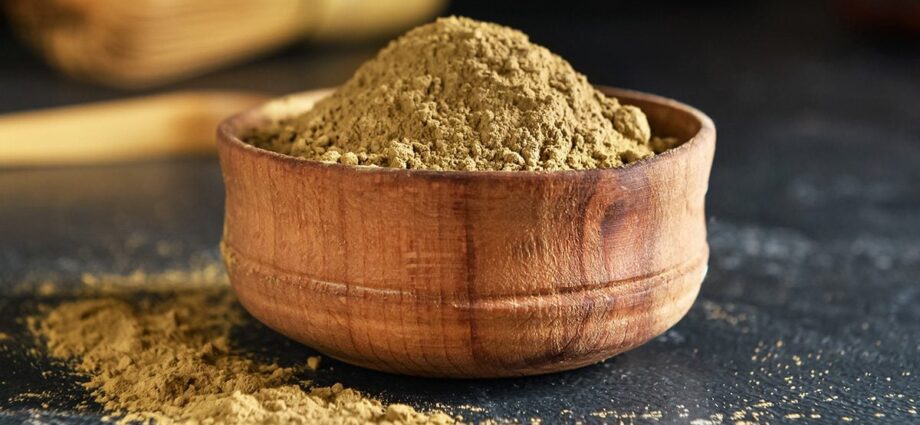Toasty, nutty and wonderfully mellow, this Japanese tea is quietly stealing matcha’s spotlight.
If matcha is the extrovert of the tea world—bright, bold and impossible to miss on coffee shop menus—then hojicha is its more introverted counterpart. This roasted Japanese green tea has been stealing the spotlight lately, showing up in lattes, desserts and even skincare. But what exactly is hojicha, and why are tea drinkers suddenly obsessed with it?
What is hojicha?
Hojicha (pronounced HO-jee-cha) is a type of Japanese green tea made from the same plant as matcha and sencha, but with a twist—it’s roasted. Instead of being steamed like most green teas, hojicha leaves are gently roasted over charcoal, giving them a warm, toasty aroma and a deep amber color.
The tea originated in Kyoto in the 1920s as a way for tea merchants to use leftover stems and leaves. The result was unexpectedly delicious. Locals caught on quickly, loving its mellow flavor, and it soon became a household staple across Japan. Today, hojicha comes in several forms, including loose leaf, tea bags and finely milled hojicha powder, which baristas use for those increasingly trendy hojicha lattes.
What does hojicha taste like?

Hojicha is toasty and warm compared to matcha’s earthy, grassy flavor—more caramel and campfire than spinach and seaweed. The roasting process brings out warm aromas and sweetness, producing notes of roasted nuts, cocoa and a touch of smoke.
Compared to matcha’s intensely sharp and herbaceous notes, hojicha is much smoother with less of a bite and more of a natural sweetness. With its cozy flavor, it’s a tea that feels perfect for autumn. Try a hojicha latte on a crisp fall morning, and you’ll never look at green tea the same way again.
Is hojicha good for you?
Like other green teas, hojicha is rich in antioxidants like catechins that may help reduce inflammation. It also contains L-theanine, an amino acid that promotes relaxation without drowsiness. This means you might notice calm focus rather than caffeine jitters when drinking hojicha.
While it’s true that hojicha does technically contain a bit of caffeine, the amount is far less than most teas. All true teas come from the Camellia sinensis plant, but caffeine levels depend on which leaves are used. Hojicha is made from mature leaves and stems rather than the young buds that hold the most caffeine. This gives hojicha a calm, easy energy.
Is hojicha the next matcha?
Matcha had a serious moment—and for good reason. Its vibrant color, high antioxidant content and energizing kick made it a coffee shop favorite and social media darling. But we’ve whisked matcha into everything from pancakes to pasta and proved that not every food needs a grassy glow-up. As more tea drinkers look for balance, hojicha vs. matcha feels less like a competition and more like a mood shift. Where matcha is buzzy and bright, hojicha is calm and cozy. Where matcha demands attention, hojicha invites you to slow down.
Related:


